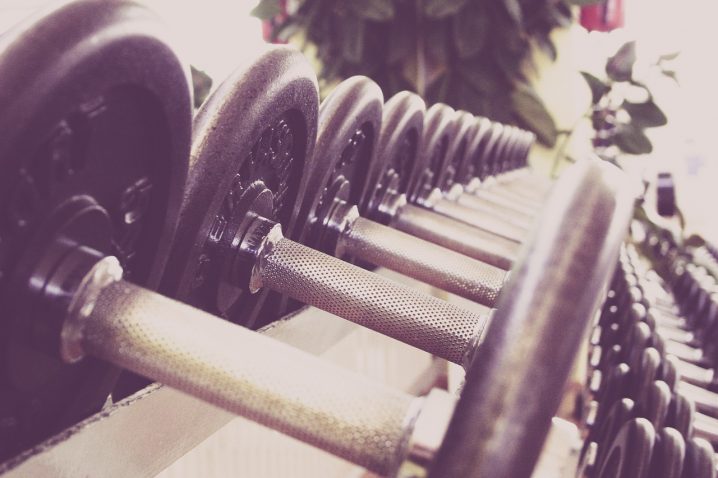Today’s Americans aren’t in good shape. Although there are new gadgets and supplements such as best mct oil that increases the body’s metabolic rate, which is suited for weight loss. Sure, there are ultramarathoners and people committed to CrossFit, but most of us are couch potatoes, and an alarming number are overweight.
Interestingly, when experts looked at trends in American eating habits and our growing obesity crisis, however, what they’ve seen is that Americans a few generations ago actually consumed as many or more calories as Americans today – a lot of it from fat and sugar – yet they weren’t overweight. And that’s because they engaged in a lot of physical activity.
Even today, those who work on farms or keep homesteads are in far better shape than their suburban counterparts, and despite performing physical labor, can navigate tasks like lifting and bending more comfortably than their peers. And it all comes down to functional fitness: exercise that improves our ability to complete daily activities. Whether you’re lifting your child from their car seat, picking up a box from the floor while moving, or squatting in front of a cabinet, farmers know what it takes to build strength every day, and you can master these skills too.

Lift For Life
Lifting is a central part of daily life on a farm or homestead, and one of the advantages of lifting is that, when done properly, it can strengthen your back, core, and legs. One popular task in strength competitions is even named for these rural activities; the Farmer’s Walk involves carrying 375 pounds in each hand for 230 feet. It’s a physical and mental challenge, and more than the average person needs to – or should – take on. But you can practice a scaled-back version and gain the same benefits.
You can use any of several pieces of equipment to practice lifting in your daily life, including medicine balls, sandbags, and kettlebells. All of these items use a concentrated weight source to encourage you to engage your core and practice shifting your center of gravity, and the exercises tend to borrow their names from farm life. For example, the woodchopper motion mimics the motion used to break down logs for use in a wood furnace, still commonly used to warm homesteads and farms. The only difference is that, outside the farm, you’ll be using a medicine ball or kettlebell. The resulting greater core strength also converts to less back pain, a common problem among sedentary individuals.
Alignment And Control
Another serious benefit of farm-style activities for those leading a more sedentary lifestyle is that the exercises can help you restore alignment caused by slumping over a desk, staring at a phone, or carrying a bag on one shoulder. As woodchopping champions – yes, it’s a sport – describe, in order to excel at the sport, you need to have proper alignment from your feet up through your knees, hips, and shoulders. Misalignment is the cause of a lot of day-to-day pain, so practicing this type of motion can help reduce your need for chiropractic care and pain medication.
In addition to the woodchopping exercise mentioned above, which focuses less on alignment, the Russian kettlebell swing style can help you learn the efficient style of motion common to those who do physical labor. This motion requires a neutral spine and a braced core, generating power from the hips. It’s also adjustable; you can increase the weight of the kettlebell as you get stronger.
Functional fitness, which comes naturally to those who perform physical labor, exists in stark contrast to most modern gym activities, which tend to isolate a muscle or muscle grouping; functional fitness is all about getting muscles to work together. Once you make this shift, you may be shocked to find how much more easily you manage everything from lifting heavy bags to squatting to put air in your tires. Farmers had to figure out how to move ergonomically and in a way that was sustainable, day after day, for years. We’ve lost that skill, but it’s possible to relearn what our predecessors knew at the level of muscle memory.



